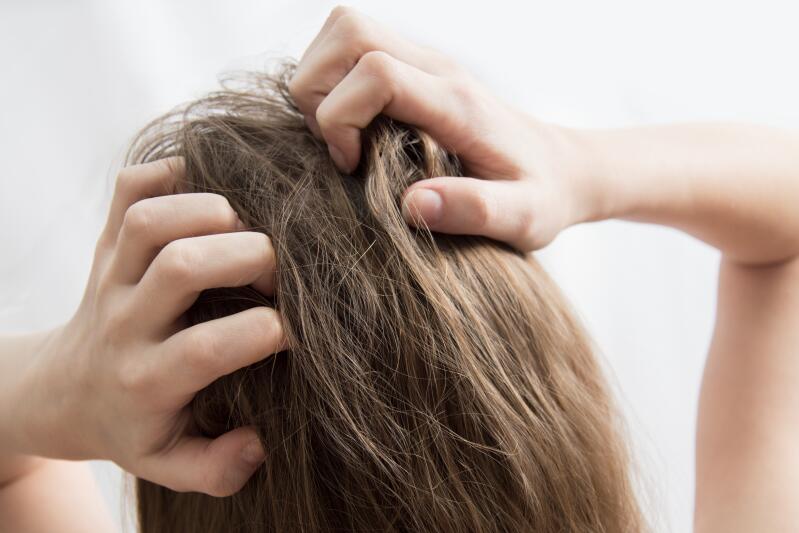-
Your concerns
Our articles to help you gain a better understanding
-
Our solutions
-
DUCRAY Dermatological Laboratories
Our articles to help you gain a better understanding

Scalp dysesthesia is a little-known disorder, commonly associated with cancer treatment, whether that be chemotherapy, radiation therapy or targeted therapy.
What is scalp dysesthesia?
Scalp dysesthesia is pain perceived at the hair root, from the beginning of cancer treatment or much later, at the time of hair loss and/or regrowth. Scalp dysesthesia is often accompanied by several symptoms such as pruritus, tingling, burning sensations, which generates significant discomfort and inconvenience in daily life.
Cancer treatments are designed to eliminate cancer cells. Unfortunately, their mode of action often damages healthy cells, especially those with rapid cell renewal, such as skin and hair, which leads to a number of undesirable effects such as scalp dysesthesia. Itching related to cancer treatment is just one symptom, but it is particularly bothersome in everyday life.
In the case of scalp dysesthesia, cancer treatments cause a reduction in the activation threshold of pain receptors distributed on the scalp, resulting in an increase in scalp sensitivity. The micro-inflammation of the hair follicle is then aggravated by various factors such as temperature, pressure, chemicals, stress, anxiety, etc.
Solutions exist to relieve patients suffering from scalp dysesthesia.
For scalp dysesthesia, adapted dermo-cosmetic treatments can relieve the patient and soothe the scalp. Ideally, these treatments start at the beginning of treatment and accompany regrowth.
The recommended treatments for scalp dysesthesia are calming and soothing. These are mainly mild shampoos, leave-in lotions or moisturizers. All these care products contain effective anti-itching active ingredients and do not contain any harmful substances so as not to generate additional irritation.
Itching on the scalp or body